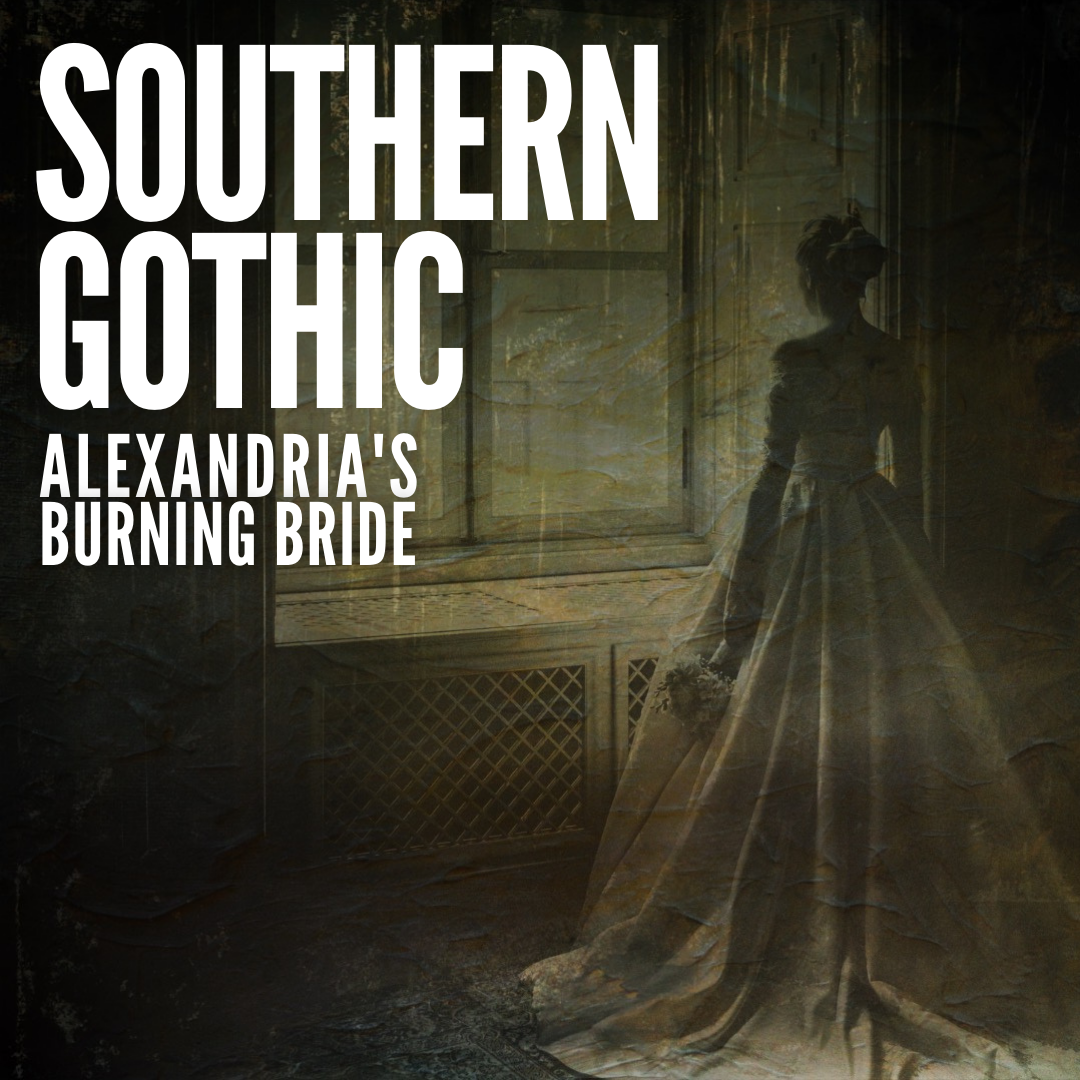Sources:
Burr, George Lincoln, ed. Narratives of the Witchcraft Cases, 1648-1706. New York: Charles Scribner’s Sons, 1914.
Chewning, Alpheus J. Haunted Virginia Beach. Charleston, SC: History Press, 2006.
Davis, Richard Beale. “The Devil in Virginia in the Seventeenth Century.” The Virginia Magazine of History and Biography 65, no. 2 (April 1957): 131-149. JSTOR. http://www.jstor.org/stable/4246295.
Gahan, Mary Beth. “Witch of Pungo’s church dedicates marker to her.” July 11, 2014. The Virginian-Pilot. https://www.pilotonline.com/news/article_8168fea0-b37f-5680-954a-74f67a286300.html.
“Grace Sherwood (ca. 1660-1740.)” Copyright 2020. Encyclopedia Virginia. https://encyclopediavirginia.org/entries/sherwood-grace-ca-1660-1740/.
“Grace Sherwood: The One Virginia Witch.” Harper’s Magazine, Vol. 69. New York: Harper & Brothers, 1884. Google Books. https://books.google.com.
“Grace Sherwood, The Witch of Pungo.” February 1, 2021. Colonial Ghosts. https://colonialghosts.com/grace-sherwood-the-witch-of-pungo/.
“Grace Sherwood - the Witch of Pungo (1660-1740.) Copyright 2010. Old Donation Episcopal Church. Accessed May 1, 2022. Internet Archive. https://web.archive.org/web/20120412035254/http://www.olddonation.org/index.php?page=grace-sherwood---a-unique-story.
“The Haunting of Witchduck Road.” Updated June 7, 2021. VirginiaBeach.com. https://www.virginiabeach.com/article/haunting-witchduck-road.
Hines, Emilee. Virginia Myths and Legends: The True Stories Behind History’s Mysteries. Lanham, MD: Rowman & Littlefield, 2016.
Hudson, Carson O., Jr. Witchcraft in Colonial Virginia. Charleston, SC: History Press, 2019.
Hume, Ivor Noël. Something from the Cellar: More of This & That. Williamsburg, VA: Colonial Williamsburg Foundation, 2005.
Misra, Sulagna. “A Brief History of Witches in America.” October 28, 2017. Mental Floss. https://www.mentalfloss.com/article/87525/brief-history-witches-america.
Ruegsegger, Bob. “Virginia’s ‘Witch of Pungo:’ Accused remembered as Colony’s Joan of Arc.” (Fredericksburg, Va.). The Free Lance-Star. October 30, 1999. https://news.google.com/newspapers.
“Va. Woman Seeks to Clear Witch of Pungo.” Posted July 7, 2006. USAToday. https://usatoday30.usatoday.com/news/nation/2006-07-09-witch-pungo_x.htm.
Virginia Historical Society. “Grace Sherwood: The ‘Witch of Pungo.’ Copyright 2022. Virginia Museum of History & Culture. https://virginiahistory.org/learn/grace-sherwood-witch-pungo.
“Witchcraft in Colonial Virginia.” Copyright 2020. Encyclopedia Virginia. https://encyclopediavirginia.org/entries/witchcraft-in-colonial-virginia/


























































